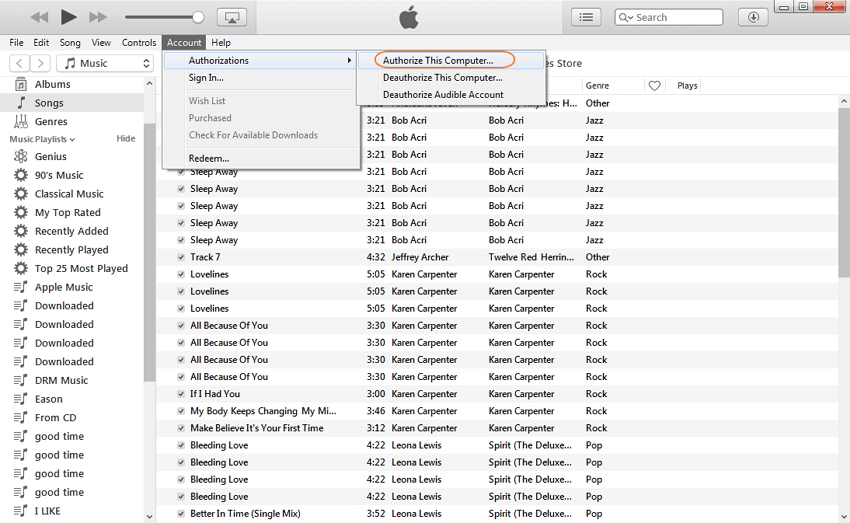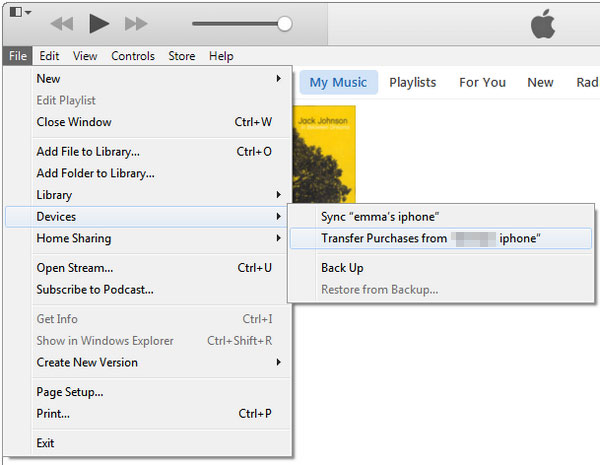


Still, it’s the end of an era (and maybe a welcome one), and if you want to be absolutely sure your library survives, take action while you still can. iTunes continues to work on older versions of macOS and Apple has so far left the Windows version functional and intact. While iTunes may be dead in the newest versions of macOS, it still lives on elsewhere. The iTunes Music Store also lives on inside the Music app, giving you the option to purchase your music instead of subscribing to a streaming service. While Apple Music is a subscription service that costs $10 a month much like Spotify, the Music app on iOS doesn't require a subscription and now performs the duties that iTunes had before it, including syncing. Accordingly, your iTunes library as you knew it, with all your purchased music, should be available inside the Music app, which you can find with a quick Spotlight Search if you hit Command + Space Bar and then type in " Music." In most cases, the files will no longer be located at the original location, and you might not remember or know where they are located at the present moment.With the demise of iTunes, the Music app has inherited some of the older apps features. Click on the ‘Locate’ button, and it will present you with a new Explorer browser window where you can look for the missing files. If you double-click to play the track, you will receive a prompt from iTunes.iTunes would not play them, even if you try to, and the program would instead inform you that the original media file related to this track can’t be found. You can easily spot the missing tracks in your main iTunes window as the tracks are marked by an exclamation point.This article explains how to get rid of the exclamation points using iTunes. In this case, the songs will be marked with an exclamation mark. It might be possible that your iTunes cannot locate some of the media files associated with the tracks listed in your library. Click Choose Library… in the pop-up window and select the folder from the step above.Hold the Shift button and launch iTunes.NOTE: If another library exists in the My music folder, copy its contents to the new folder, and transfer the folder with the new information to the My music folder. Transfer folder that contains iTunes backup to the default iTunes folder, a.k.a.You can restore iTunes library from a backup following the steps below:

My music disappeared from iTunes library Recover from a backup


 0 kommentar(er)
0 kommentar(er)
